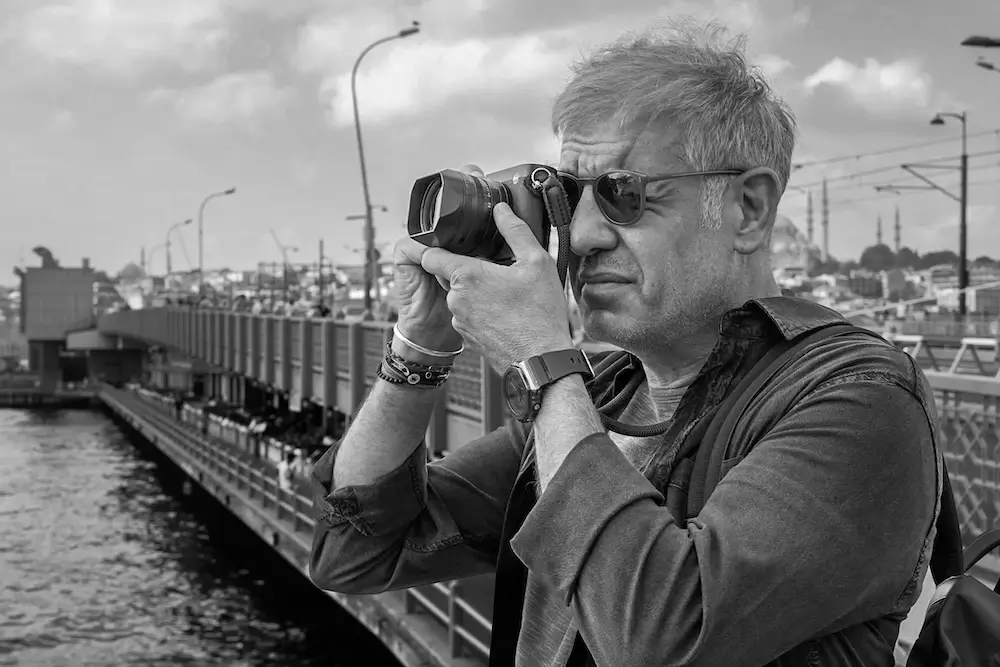I was born in Istanbul in 1966 and followed a career path that first led me into engineering and later into business. After studying electrical engineering, I earned an MBA in the United States and went on to spend nearly three decades in the financial sector—both as an executive and a business owner.
Photography has been a lifelong passion, first sparked in my teenage years. About a decade ago, I decided to return to it with greater intention, and since then it has become a defining part of my life. I now work professionally, focusing on street, travel, and documentary photography—capturing authentic moments that reveal the soul of people and places.
Over the years, my work has been recognized and awarded in numerous international photography competitions. These honors have been both humbling and motivating, pushing me to continue telling visual stories with honesty and depth. Through my lens, I seek out the quiet poetry of the everyday, and the subtle human narratives that often go unseen.
Artist statement:
I focus on street, travel, and documentary photography that reveals the quiet poetry of everyday life. My work is rooted in observation—capturing fleeting moments, subtle gestures, and the human presence within layered environments. I’m drawn to unscripted scenes that speak to shared experiences across cultures. Through a candid and respectful approach, I aim to create images that resonate with honesty, depth, and a sense of timelessness.
